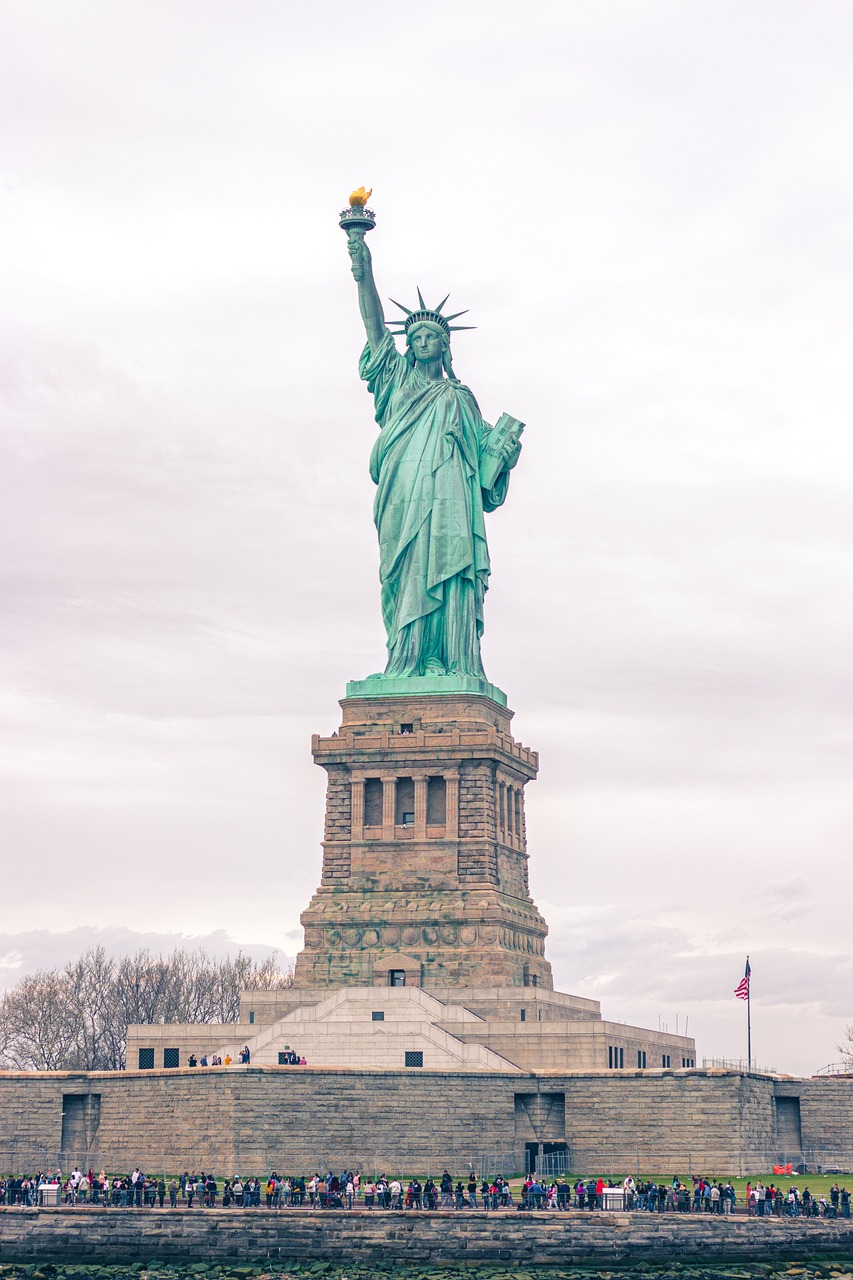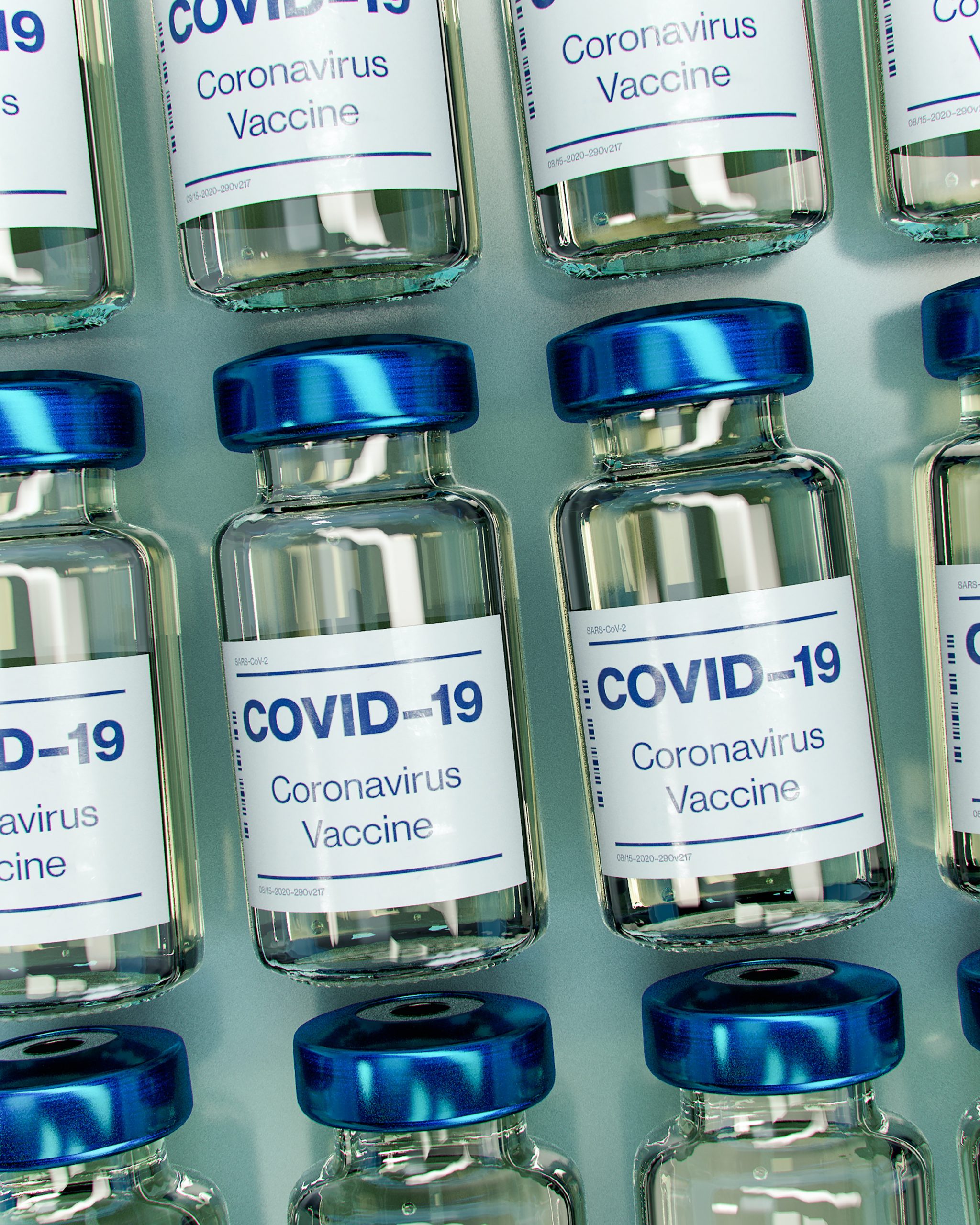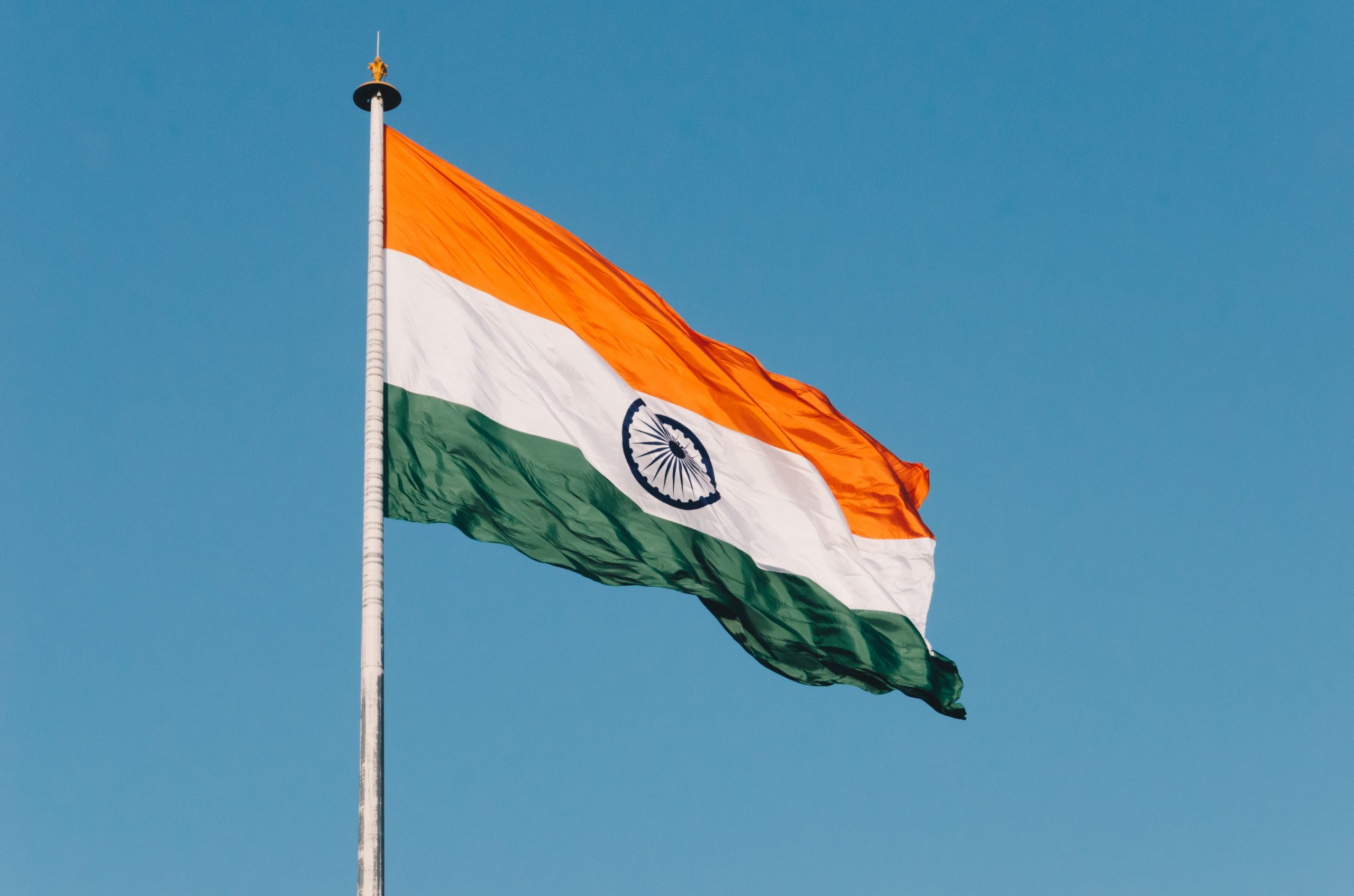On January 30, 2024, the U.S. Citizenship and Immigration Services (USCIS) published a final rule in the Federal Register making significant fee increases for various immigration applications and benefit requests. This fee increase will be the first major adjustment in the filing fees since 2016. The increase is meant to address the agency’s operational and financial challenges to support the timely processing of new applications.
The fee increase will take effect starting April 1, 2024. All applications postmarked after this date will be subject to the fee increases in the final rule.
TIP: To avoid paying the higher fees, USCIS must receive applications before April 1, 2024.
Highlights
- Form I-130 (Petition for Alien Relative), used to petition for family members, including marriage green cards, will increase by 26% to $675 for paper filing, and $625 for online filers.
- Form I-129F (Petition for Alien Fiancé(e)), used by U.S. Citizens to petition for their fiancé(e) to enter the U.S., will increase by 26 percent from $535 to $675
- Form I-485 (Application to Register Permanent Residence or Adjust Status), used by immigrants seeking a green card for permanent residency, will increase by 18% from $1,225 to $1,440. Employment authorization, and advance parole, will now cost an additional $260 and $630, respectively. Previously these applications carried no additional cost when filing them alongside adjustment of status applications
 Visa Lawyer Blog
Visa Lawyer Blog











